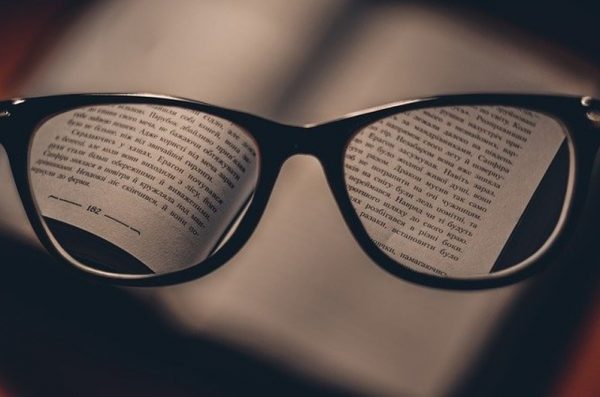
Protect your vision from Presbyopia or Aging eye
As we reach age 40, we might start noticing a difference in our eye sight when we might have to hold small print farther away to read. Our ability to focus up close might get weaker day by day. This phenomenon which is natural happens to everyone as we grow old. This condition of eye is commonly known as presbyopia or aging eye. Presbyopia is Greek word for aging eye.
When our conditions are age related, we need to understand that the when the conditions take over our body or before the conditions sets in we must take care of body and keep it healthy as much as possible. In presbyopia which is related to eye, one might need to consider getting eyeglasses or lenses. Sometimes surgery can be the option.
Before going to surgery, the first step one need to consider is going for an eye exam with optometrist or ophthalmologist. An annual complete eye exam after age 35 helps to understand the signs of disease that changes vision. If there is a condition that like diabetes, one must consider seeing an eye specialist much sooner to avoid any risk. People who have high blood pressure and a family history of eye vision deterioration must also see eye doctor often to make sure eye vision is not getting worse.
Refraction is a natural phenomenon that occurs with light (bending of light as it passes through one object to another). In the eye where the cornea and lens bend or refract, the light rays that comes through the pupil that focus directly on retina at the back of the eye. The retina converts light into messages and sent through optic nerve to brain where images are interpreted. With age it becomes hard for eyes to precisely focus light onto retina and it focuses light behind retina and blurs eye vision. With presbyopia blur vision happens in addition muscle fiber within the eye weakness making it more difficult to focus on objects that are close.
After age 35, most of us face this condition. Apart from blurred vision, difficulty in reading – people will have headache and eye strain.
How to take care eye sight and presbyopia?
Eye examination: A painless procedure is dilation of eye followed by a thorough examination of retina for age related conditions. Examiner will ask us to read small print at a close distance to determine the degree of presbyopia and will suggest how to address the condition.
Eyeglasses: Reading glasses designed for close work are the common solution for presbyopia. Reading glasses or readers are available with varying strength in eye examination clinic, pharmacy or department stores. Before buying the reading glass, it is better to get eye examination done to understand the number or strength one might need for eye glass. If not any small difference can cause eye strain and headaches.
Bifocals: People who generally need eyeglasses can switch to bifocals with two different prescriptions – one lens separated by another with horizontal line. The top lenses corrects for distance vision, lower part for close vision.
Contact lenses: People who wear contact lens might need reading glass or can wear lens for distance vision in one of the eye and a lens for close vision in another eye (monovision).
Refractive surgery: Some people who do not want to depend on eyeglasses or contact lenses might choose surgery that involves reshaping of the cornea and to improve the presbyopia vision. LASIK is one the common laser surgery used to reshape cornea.
- Consider eye exercise
- Use slightly warm water to wash eyes in the morning
- To reduce strain on eyes, get good sleep.
- Stop smoking
- Wear sunglasses when stepping out in hot Sun – choose sunglasses that block 99 to 100% UVA and UVB rays
- Include vitamin A, C, leafy vegetables, antioxidant rich food in your diet.
- Use safety eyewear while working in hazardous or airborne materials – both at work and home
- Do not stare on mobile screen or computer screen for longer hours – it can cause trouble in focusing, eyestrain, blurry vision, headaches, neck and shoulder pain.
- Use a comfortable chair and position your head properly when working with computer
- Do not allow eyes to get dry – blink often and drink recommended amount of water
- Rest eyes every 20 minutes and look 20 feet away for 20 seconds.
Visit your eye doctor once or twice a year or based on your eye condition. Eye examination helps to find diseases like glaucoma, presbyopia, macular degeneration. Either ophthalmologists or optometrists will help to treat eye conditions, suggest general eye care or suggest specific treatment that you might need to restore your vision.
Image credit: Image by Free-Photos from Pixabay (Free for commercial use)
Author: Sumana Rao | Posted on: May 15, 2022
« Keep your lungs breathing Toenail fungal infection prevention tips »






















Write a comment